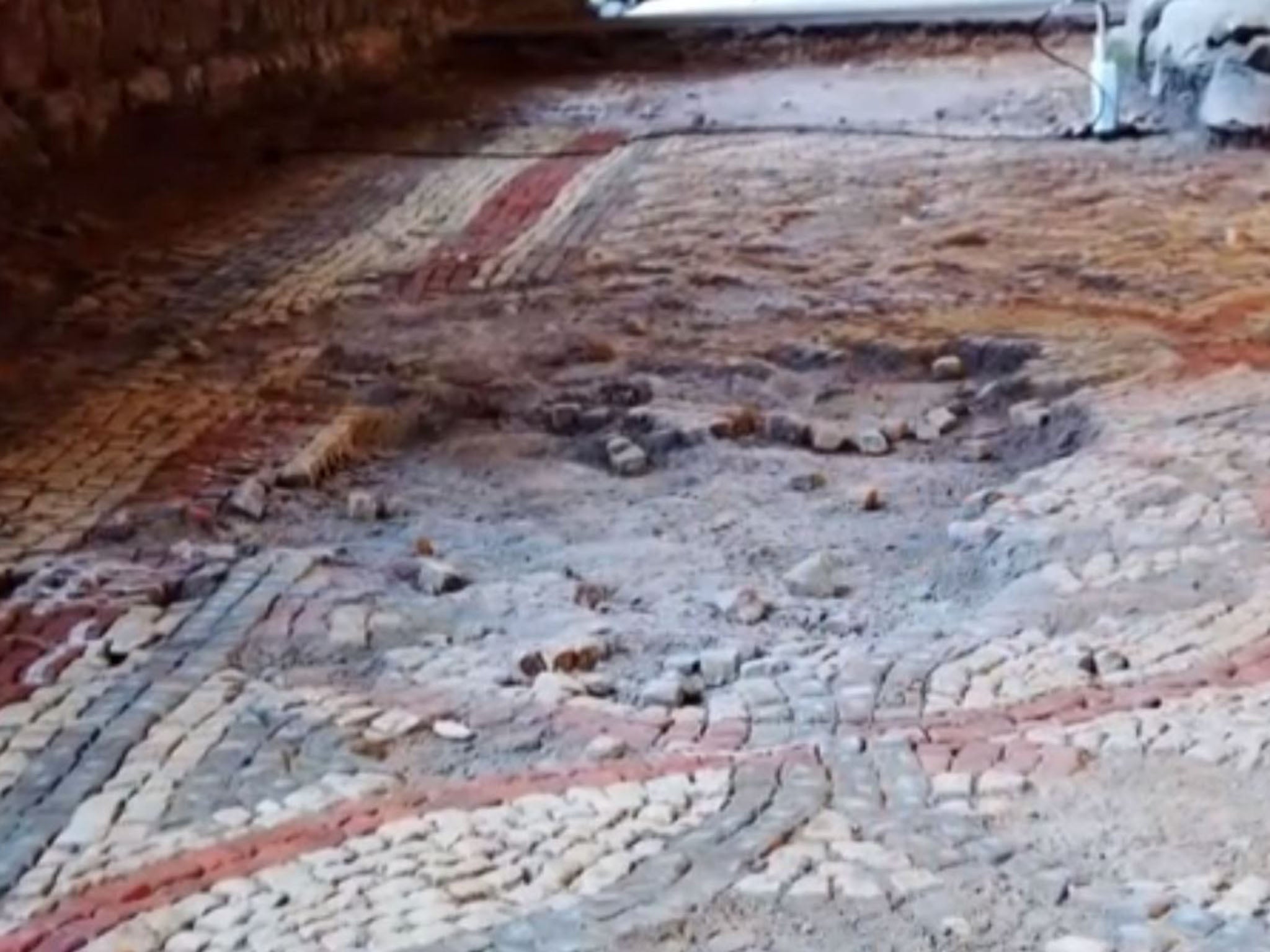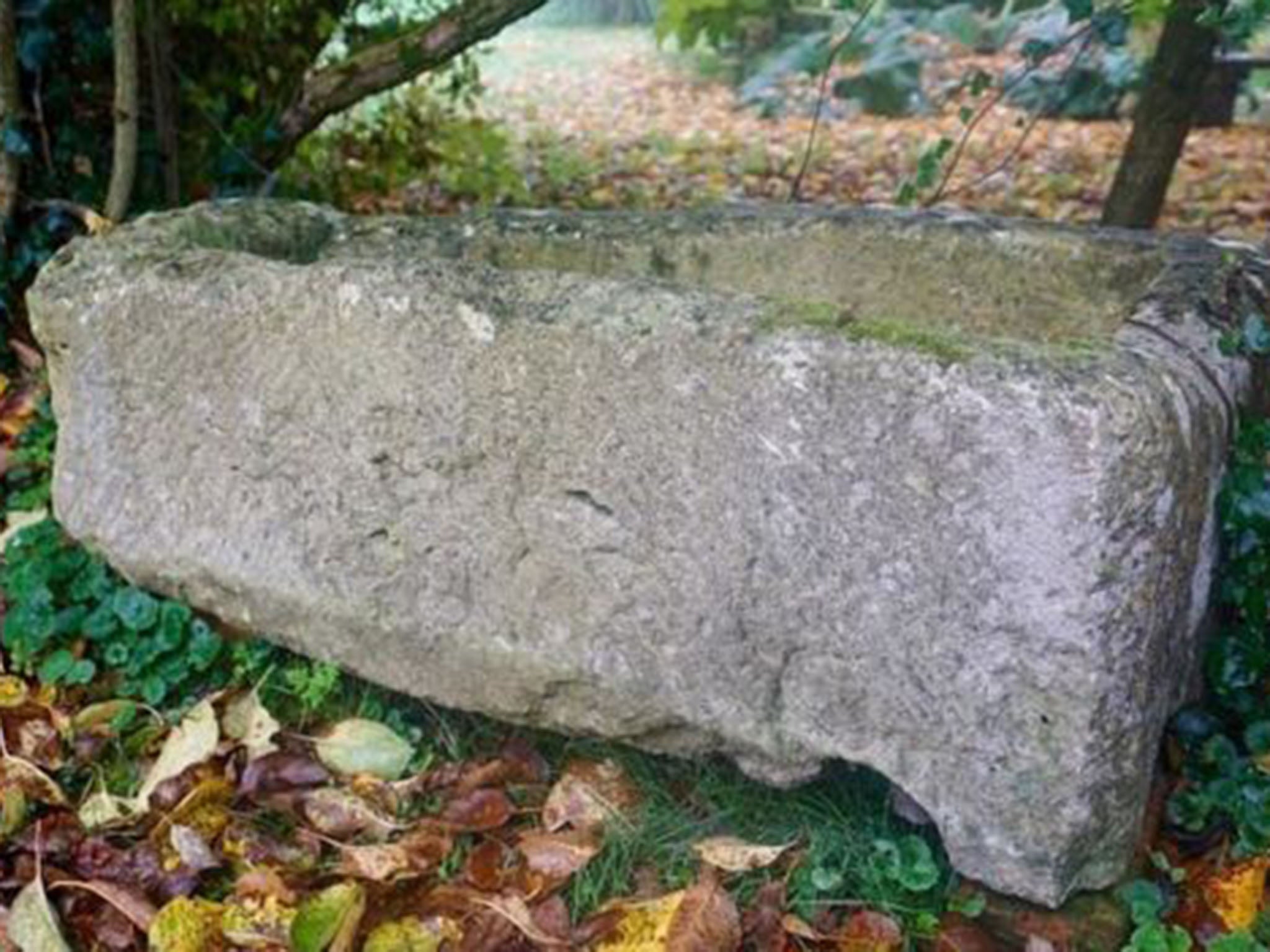Man accidentally finds a 'perfectly preserved' Roman villa in his backyard
Luke Irwin came across the well-preserved Roman villa dating back 1,400 years and which may have been home to an emperor

Your support helps us to tell the story
From reproductive rights to climate change to Big Tech, The Independent is on the ground when the story is developing. Whether it's investigating the financials of Elon Musk's pro-Trump PAC or producing our latest documentary, 'The A Word', which shines a light on the American women fighting for reproductive rights, we know how important it is to parse out the facts from the messaging.
At such a critical moment in US history, we need reporters on the ground. Your donation allows us to keep sending journalists to speak to both sides of the story.
The Independent is trusted by Americans across the entire political spectrum. And unlike many other quality news outlets, we choose not to lock Americans out of our reporting and analysis with paywalls. We believe quality journalism should be available to everyone, paid for by those who can afford it.
Your support makes all the difference.A man stumbled across a Roman villa in his back garden which is being hailed as the most significant discovery of its kind for a decade.
Luke Irwin, from Wiltshire, was laying an electricity cable in his barn when he uncovered a mosaic underground.
The rug designer, who was making the alterations so his children could play table tennis, took a photo and sent it off for more information.
Mr Irwin said: "I sent a photograph to the council and within 24 hours they were here with archaeologists to see what we'd found.”
Experts from Historic England and Salisbury Museum carefully began excavating the site, and realised the mosaic formed part of the floor of a grand Roman building.
The find has been proclaimed by Historic England as “unparalleled in recent years”.
After an eight-day dig, archaeologists uncovered more of the ‘elaborate’ and ‘extraordinarily well-preserved’ villa, thought to be one of the largest ever found in the country.
Dating from between AD 175 and 220, the grand home is thought to have been three storeys high, similar to those found at Chedworth in Gloucestershire.

The team also discovered hundreds of discarded oyster shells which were artificially cultivated and carried live from the coast in barrels of salty water.
The dig unearthed "extremely high status pottery”, brooches, coins and the bones of wild animals which had been hunted, as well as a suckling pig.
All the evidence suggests a family of high importance and wealth lived at the villa, possibly a Roman emperor.
Dr David Roberts, an archaeologist from Historic England who helped work on the excavation, said: "We've found a whole range of artefacts demonstrating just how luxurious a life that was led by the elite family that would have lived at the villa.
"It's clearly not your run-of-the-mill domestic settlement."
A perfectly preserved Roman well and the stone coffin of a Roman child, which went unnoticed and was being used as a flower bed, were also among the finds.
Dr Roberts added: "The site has not been touched since its collapse 1,400 years ago and so it's of extreme importance.

"The large scale and complexity of the site present a unique opportunity to understand Roman and post-Roman Britain.
"Without question, this is a hugely valuable site in terms of research, with incredible potential.
“It's one of the best sites I have ever had the chance to work on."
The site has now been protected to preserve it.
Mr Irwin said it was “unbelievable” to have stumbled across the rare find.
He said: "The thought of the footsteps we are following in. I have always been fascinated by history ever since I went to Pompeii as a child.
"But to find it 20 yards from your own front door - and then the 20 billion to one shot that you design luxury rugs for the Roman aristocrats of today. It's mind blowing."
Further research will be continued when more funding becomes available.
Join our commenting forum
Join thought-provoking conversations, follow other Independent readers and see their replies
Comments